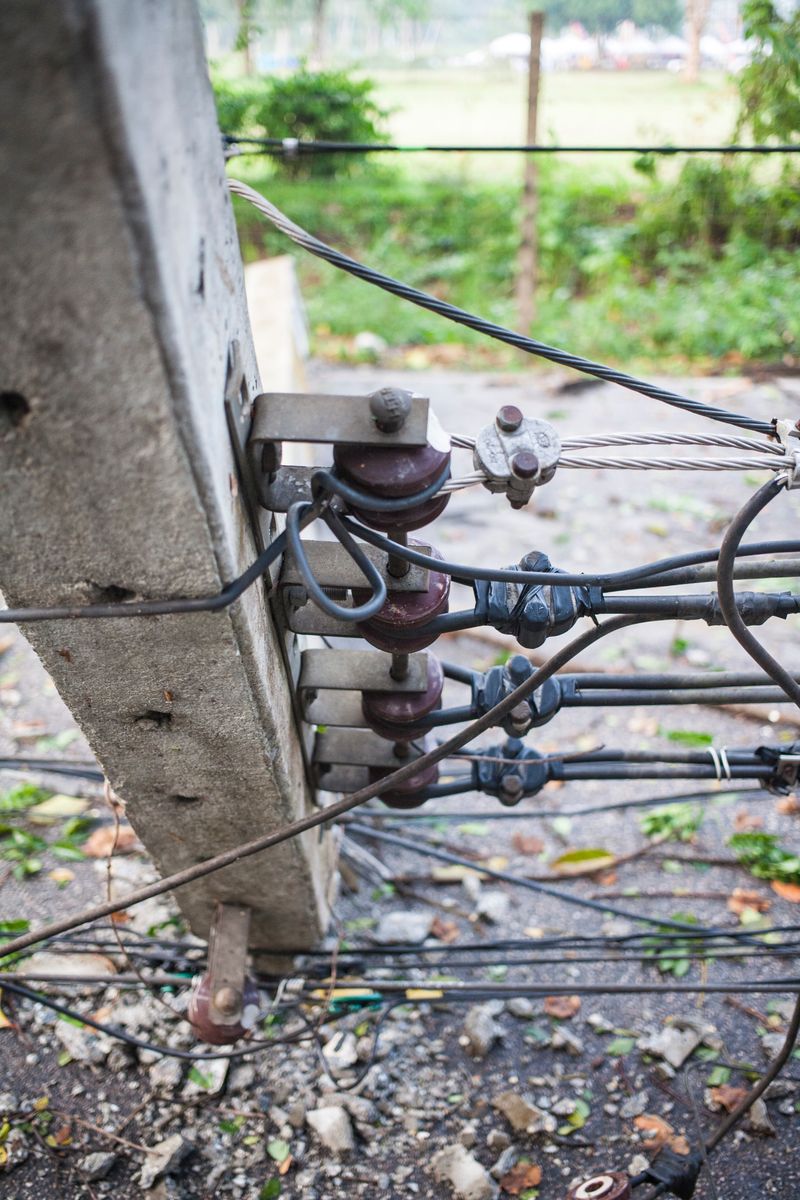In today’s unpredictable world, emergency situations can happen to anyone at any time. Whether it is a natural disaster like a hurricane or a man-made disaster, being prepared for such emergency situations is critical. Emergency preparedness involves taking specific steps to plan, prepare and respond to unexpected events. In this article, we will explore the top 5 questions people ask about specific steps for emergency preparedness.
1. What Is Emergency Preparedness?
Emergency preparedness refers to the process of planning, preparing, and responding to emergency situations. These events may include a variety of natural disasters or human-made threats. Being well prepared for such situations can help to minimize the potential damage and loss of life.
2. Why Is Emergency Preparedness Important?
Emergency preparedness is essential because it can save lives and protect property. In times of an emergency, every second counts. Having a well-planned emergency preparedness plan in place can help you and your family act fast, stay safe and survive. It can also help to reduce the burden on emergency services.
3. What Are the Key Elements of Emergency Preparedness?
The key elements of emergency preparedness include risk assessments, emergency plans, communication strategies, and emergency kits. Risk assessments involve evaluating potential threats and hazards that may arise in a particular area. An emergency plan outlines the steps to take during an emergency, including evacuation routes, communication plans, and emergency contacts. Communication strategies include alert systems, warning signals, and response protocols. Emergency kits should contain essential items like food, water, shelter, medication, and tools.
4. What Are Some Specific Steps to Take for Emergency Preparedness?
It is important to have a well-established emergency preparedness plan in place that takes into account the specific hazards and risks in your area. This may include the development of emergency communication strategies and evacuation plans. You should also create and maintain an emergency kit that includes essential items such as food, water, first aid supplies, flashlights, and a radio. Additionally, training for various emergencies, including CPR and basic first aid, can support in an emergency.
5. What Are Some Essential Items for Emergency Preparedness Kits?
Emergency kits should contain items that can sustain you and your family for at least 72 hours. Essential items include food, water, shelter (i.e., blankets, emergency shelter), first aid supplies, hygiene items, medication, communication devices, and necessary tools (i.e., whistle, compass, flashlight, and batteries).
Thank you for reading this post, don't forget to subscribe NOW for FREE!
Conclusion:
Emergency preparedness is a critical aspect of life that cannot be ignored. It is crucial to have a holistic preparedness plan that considers all the possible risks and hazards in your area. Specific steps for emergency preparedness may include risk assessment, development of emergency plans, and maintenance of emergency kits. Remember, the safety of you and your family starts with preparedness.







